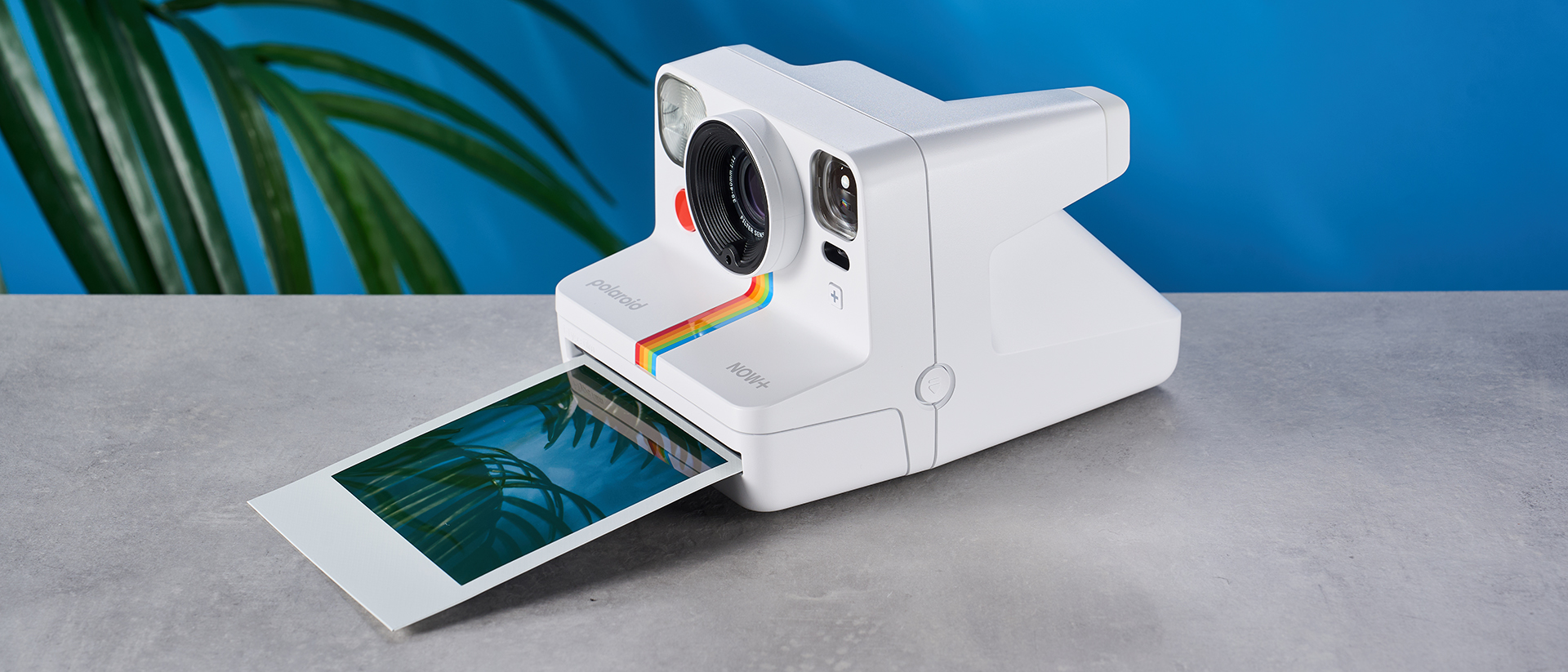Tom's Guide Verdict
The Polaroid Now+ Gen 2 is a handsome camera that produces retro, vintage prints, and lets you get creative with the included filters and its double exposure mode. Its companion app gives you a lot of manual control over shooting settings too. However, it’s a little awkward to use, low-light performance is subpar, and film costs are high.
Pros
- +
Lovely, minimalistic design
- +
Great build quality
- +
Lots of manual control
- +
Retro image and good print quality
- +
Great battery life
Cons
- -
Awkward to handle
- -
Subpar low-light performance
- -
Expensive film
Why you can trust Tom's Guide
The Polaroid Now+ Gen 2 is one of the best instant cameras today, carrying Polaroid’s trademark excellence. I’ve spent over 600 hours testing instant cameras so I know what makes or breaks it — and I’ve just spent a week with the Now+ Gen 2 to see if it’s worth the hype.
The Now+ Gen 2 produces great retro images with a vintage aesthetic, and the prints are large in size and decent in quality. It’s built to last and sports a lovely, minimalist design with the classic Polaroid rainbow stripe. You get a set of filters for more creative expression, and the companion app gives you lots of manual control over the camera. However, it isn’t without its faults — and i-Type and 600 film will cost you a pretty penny.
For the complete breakdown, read my full Polaroid Now+ Gen 2 review.
Polaroid Now+ Gen 2 review: Specs
| Specs | Polaroid Now+ Gen 2 |
|---|---|
| Price | Starts at $149 / £139 |
| Lens | Fixed-focus lens |
| Viewfinder | Yes |
| Exposure control | +1/2 EV to -1/2 EV, ISO not specified |
| Shutter | 1/200 to 1 sec (Auto) | 1/200 to 30 sec (Bulb) |
| Focal length | 40mm |
| Aperture | f/11-f/64 |
| Shooting range | 0.6m-∞ |
| Flash | Automatic |
| Flash refresh time | 9 seconds |
| Flash range | Not specified |
| Self-timer | 1-12 seconds |
| Power | Rechargeable Lithium-ion battery |
| Dimensions | 5.91 x 4.42 x 3.75 inches |
| Weight | 1.24lbs (without film pack) |
| Film used | Polaroid i-Type and Polaroid 600 |
| Film development time | 15-20 minutes |
| Cost per print | $2 |
Polaroid Now+ Gen 2 review: Cheat sheet
- What is it? A chonky instant camera with a detailed companion app
- Who is it for? For people who like the retro vintage aesthetic
- How much does it cost? The Polaroid Now+ Gen 2 starts at $149 / £139 (camera only)
- What do we like? The lovely design, great build quality, lots of manual control via the app, the retro image style and good print quality, plus the various filters for different creative styles
- What don’t we like? The big size means it’s awkward to handle, the viewfinder is very small, and the film is expensive
Polaroid Now+ Gen 2 review: Price & availability
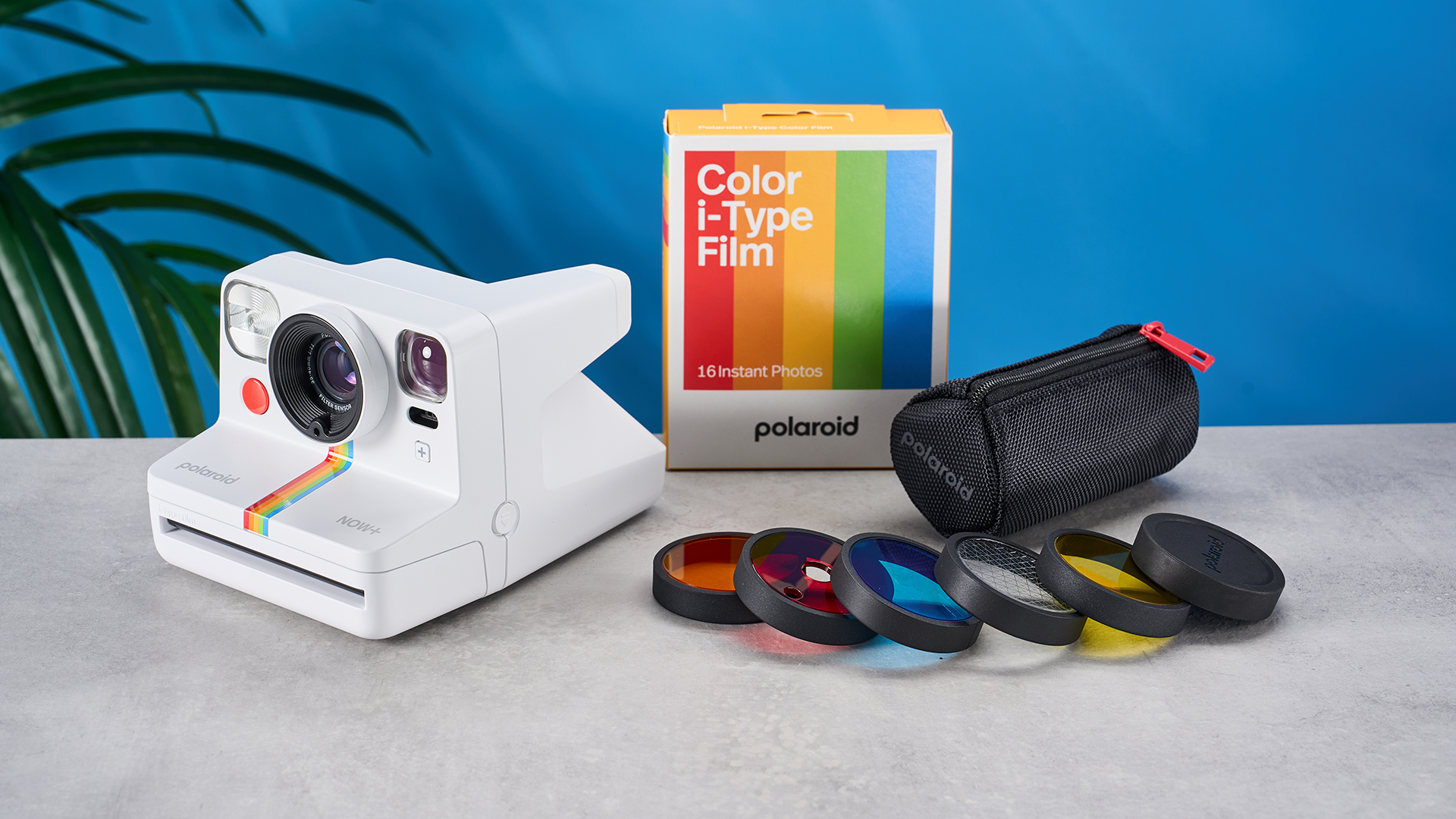
The Polaroid Now+ Gen 2 succeeds the Polaroid Now+, and has a retail price of $149 at Amazon U.S. / £139 at Amazon U.K. for just the camera. We’ve also seen it drop to as low as $116 / £119. You can also get the Everything Box for $169 at Amazon U.S. / £164 at Amazon U.K. and this includes 16 pieces of Polaroid i-Type film and a filter set. The camera is available in three colors: black, white and forest green.
The Now+ Gen 2’s price tag puts it on a level playing field with the Fujifilm Instax Wide 400 ($149) and the Lomography Lomo’Instant Square Glass ($149). Having tested these, Polaroid’s offering is far better than Lomography’s, and it’s also better value for money than the Kodak Mini Shot 4 Era ($229), but the Instax Wide 400 remains the top choice.
Polaroid Now+ Gen 2 review: Design & build quality
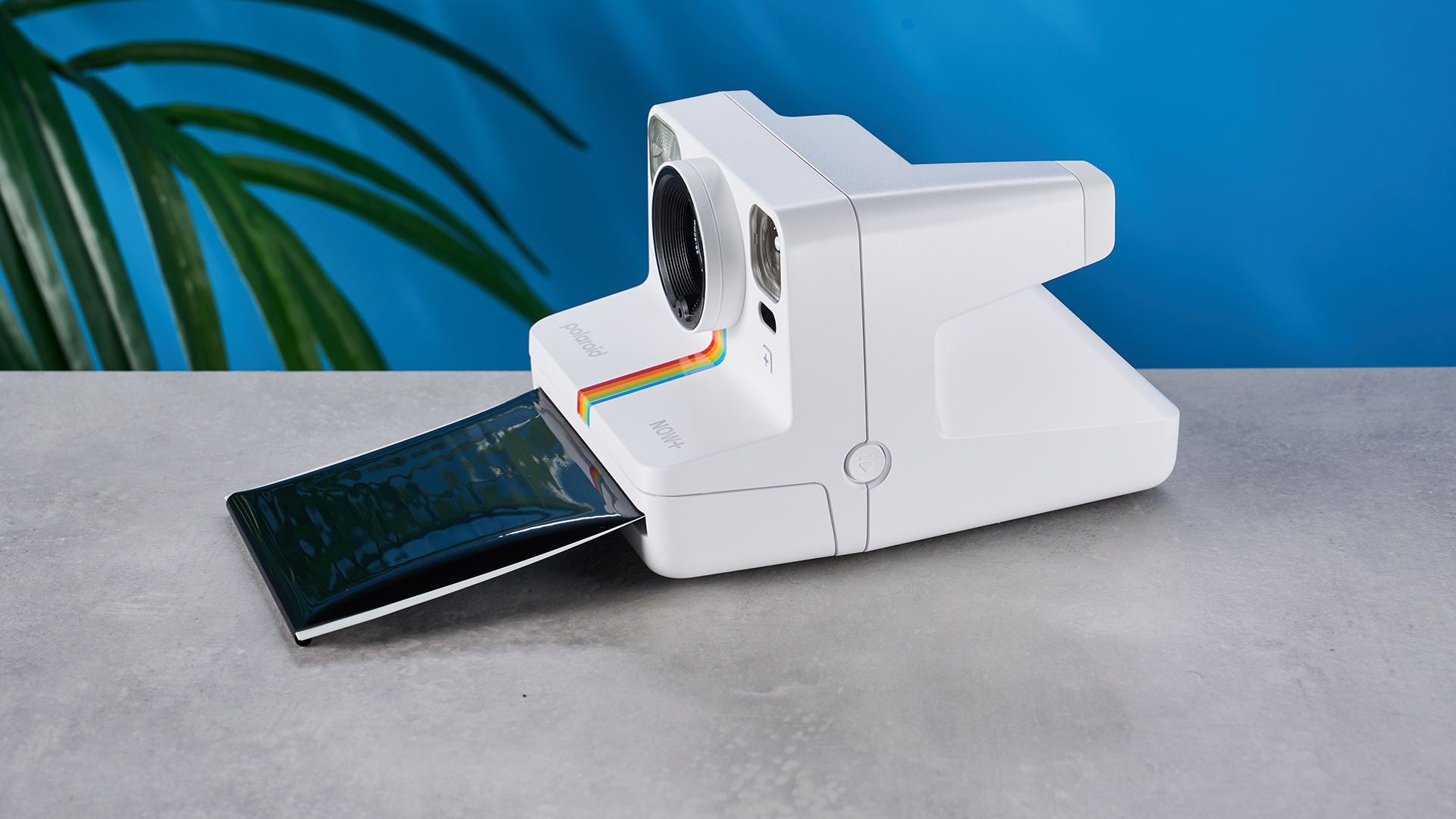
If you’re familiar with the Polaroid Go Gen 2 ($79), you’ll be able to spot similarities between it and the Polaroid Now+ Gen 2. The Now+ Gen 2 looks like a bigger, bulkier version of the Go Gen 2. It measures 5.91 x 4.42 x 3.75 inches which is slightly smaller than the Fujifilm Instax Wide 400 (6.37 x 4.84 x 3.85 inches) but they’re both in the same weight class. The Now+ Gen 2 weighs 1.24lbs (without film) but it doesn’t feel too heavy to carry around. Because of the placement of the shutter button (above the bit that sticks out), it’s a little awkward to handle even with both hands. The Instax Wide 400 has a more ergonomic design and handles far better.
The Now+ Gen 2’s body is made of ABS plastic but it never feels or looks cheap. Polaroid has also used 40% recycled materials in its construction. I tested the white model which isn’t as exciting as the forest green one, but it still looks great. The minimalistic design is lovely and the rainbow stripe under the lens adds a nice pop of color.
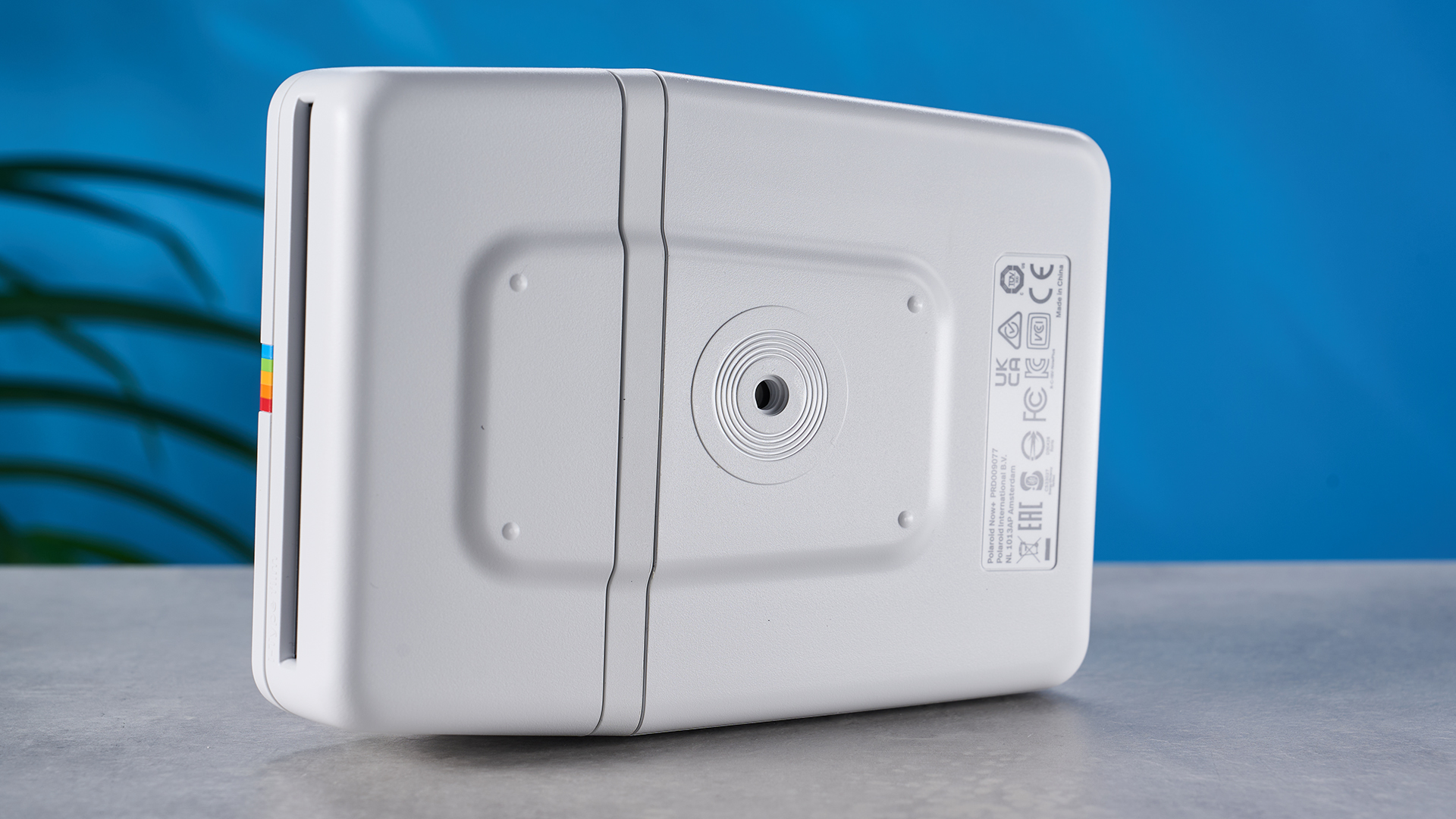
On the underside of the camera, you’ll find a tripod thread which we rarely see on instant cameras, so if you want to do long exposure photography, you’ll value this feature.
Polaroid Now+ Gen 2 review: Lens & viewfinder
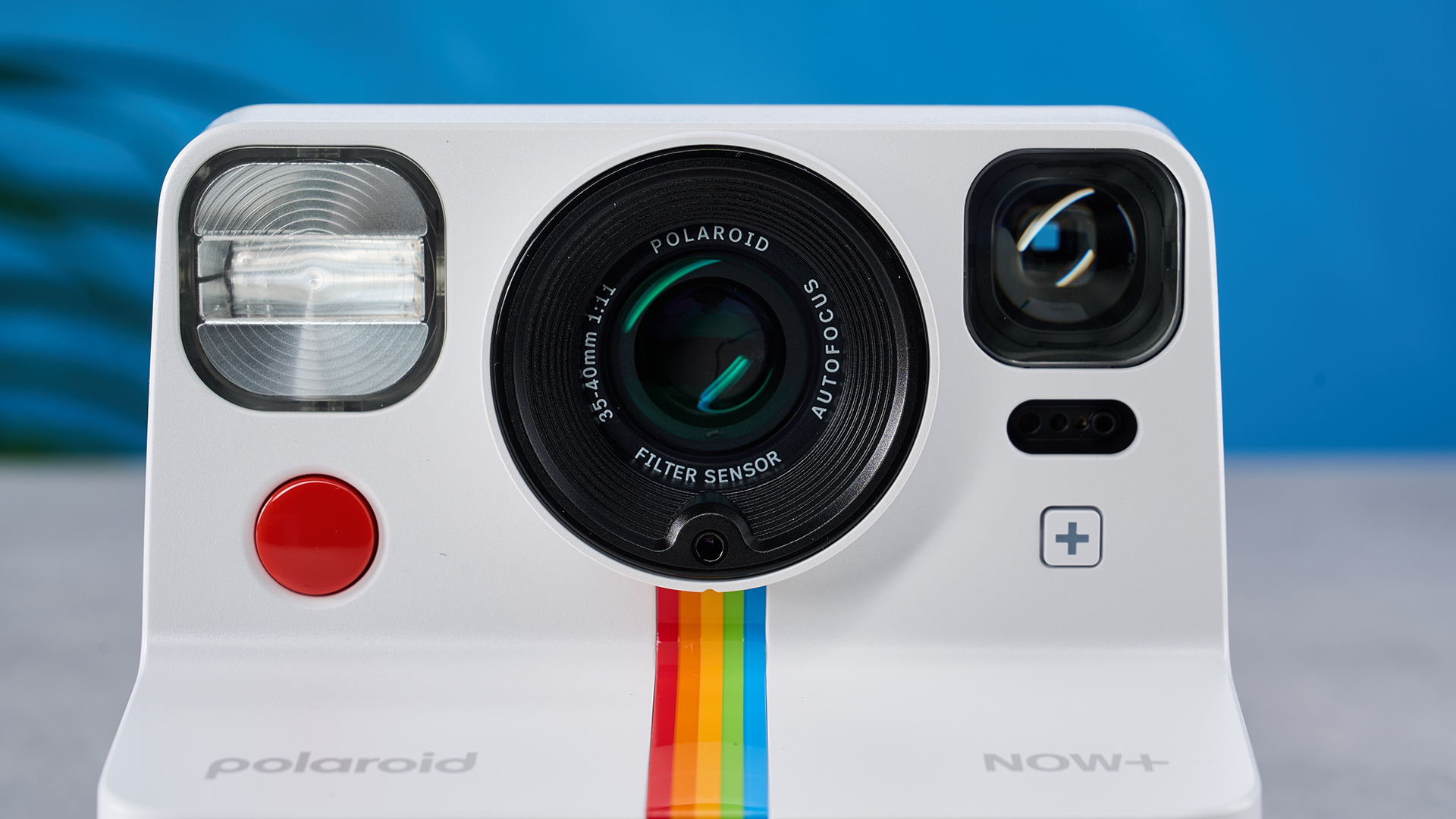
The Polaroid Now+ Gen 2 is fitted with a 40mm fixed-focus lens. The wide nature of the i-Type film can capture a lot of the scene so this instant camera should be well-suited to portraits, group photos and landscape shots. The Now+ Gen 2 has a variable aperture of f/11 to f/64 which will be great for ensuring group portraits or deep landscape shots are all in focus, although the f/11 maximum aperture is still very narrow and will prove limiting in low-light.
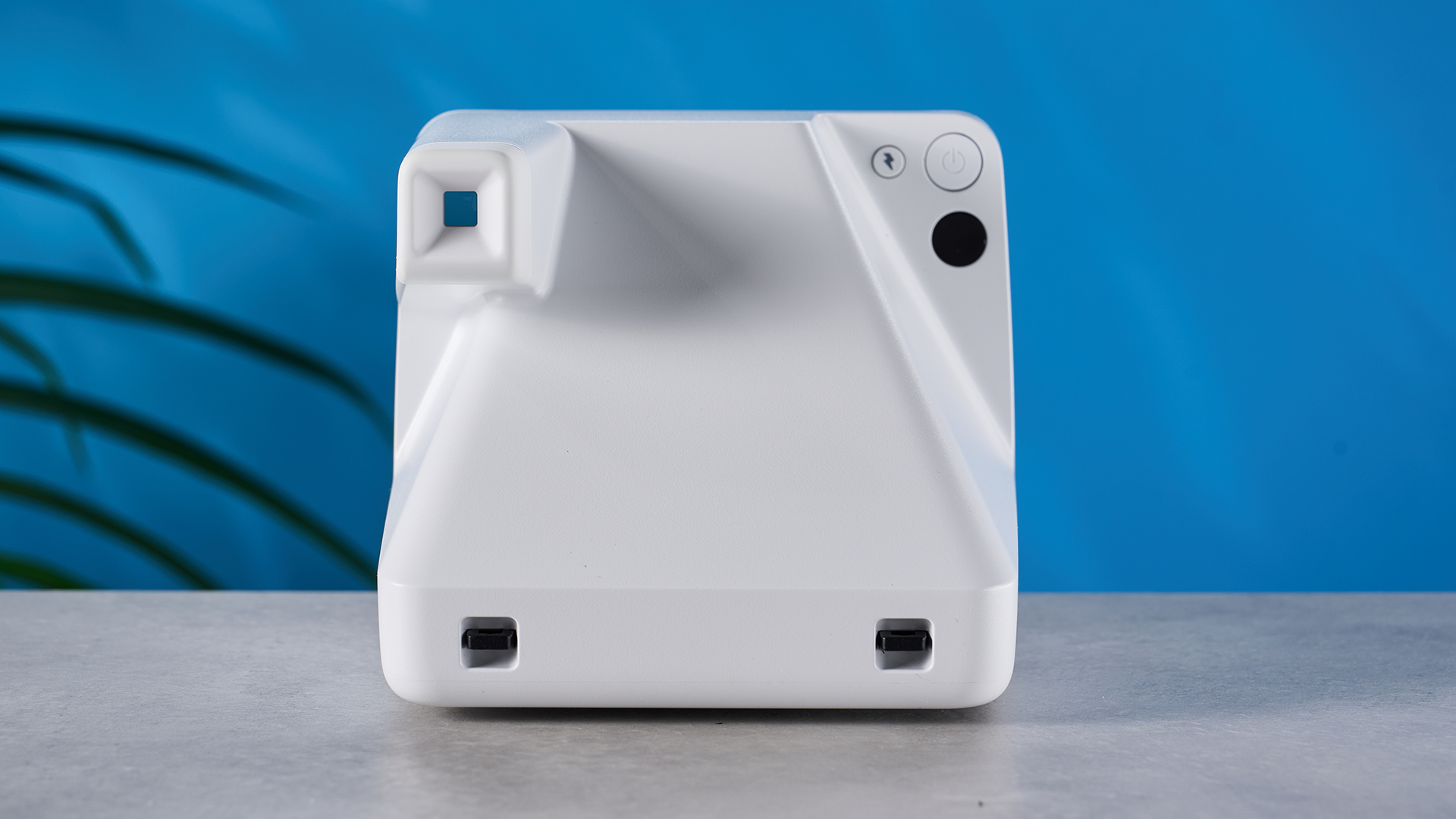
One of my biggest gripes with the Now+ Gen 2 is its optical viewfinder (OVF) which is very small — nearly as small as the one on the Lomography Lomo’Instant Square Glass. I wear glasses all the time so I was uncomfortable looking through the viewfinder. The Fujifilm Instax Wide 400’s, on the other hand, is a happy medium as it’s small yet easy and comfortable to use.
Polaroid Now+ Gen 2 review: Controls
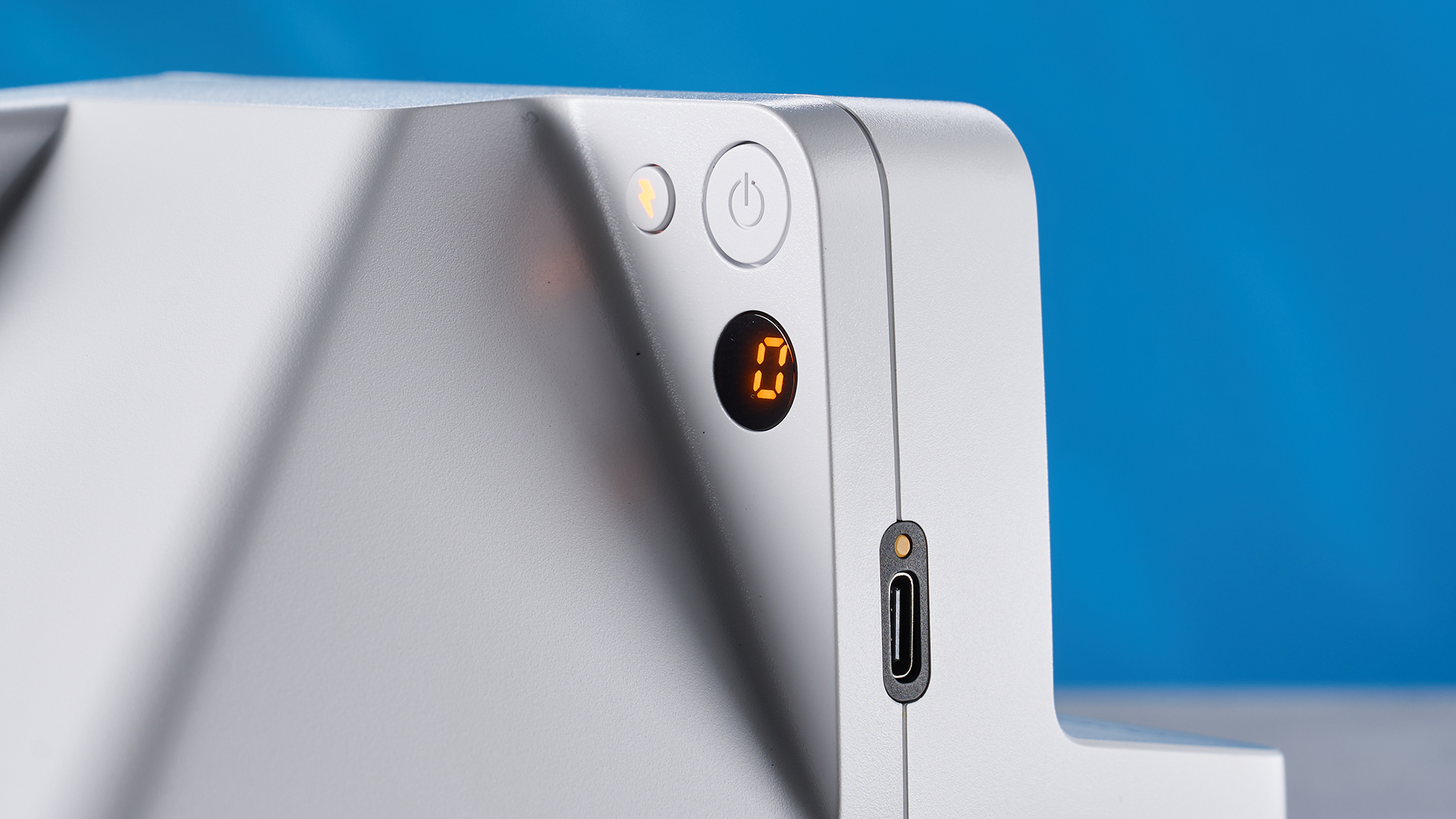
The Polaroid Now+ Gen 2 features just four buttons which are easy to access and press (except for the shutter button, which I’ll get to in a second). The flash button is located next to the power button on the back of the camera. Under the power button is a tiny screen which shows the film count. The flash button doubles as the exposure control button too as holding and pressing it lets you cycle through three different exposure values: brighter (+1/2 EV), neutral, or darker (-1/2 EV).
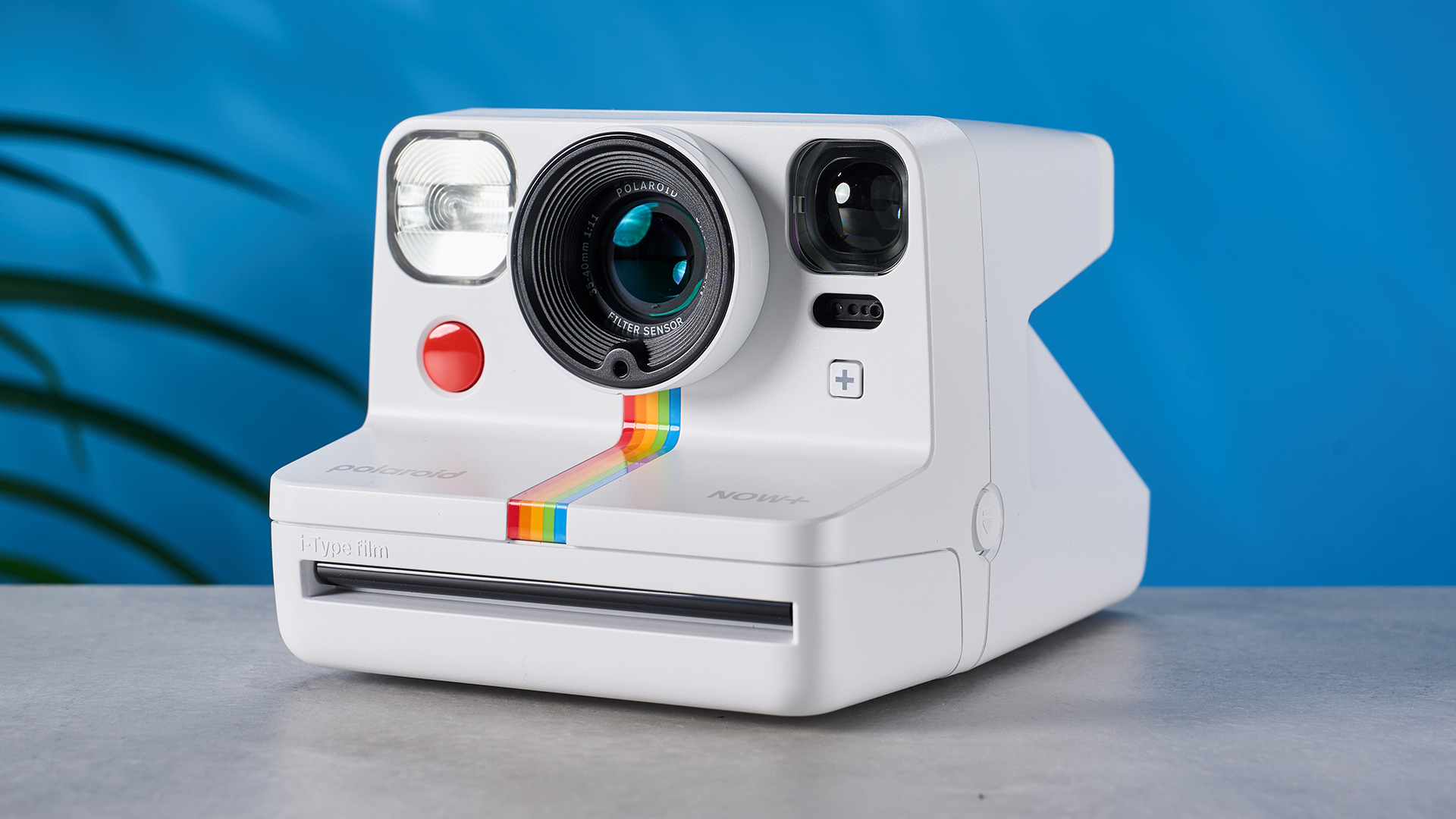
Located next to the lens you’ll find the bright red shutter button which gives good tactile feedback when pressed. As I mentioned before, it’s slightly awkward to press the button when you’re holding the camera up to your face.
There’s also a + button located under the viewfinder. You can use this to set the self-timer, toggle the double exposure mode, and even assign a custom shortcut via the app. It’s worth spending some time with the user manual to understand all the button combinations.
Polaroid Now+ Gen 2 review: Image & print quality
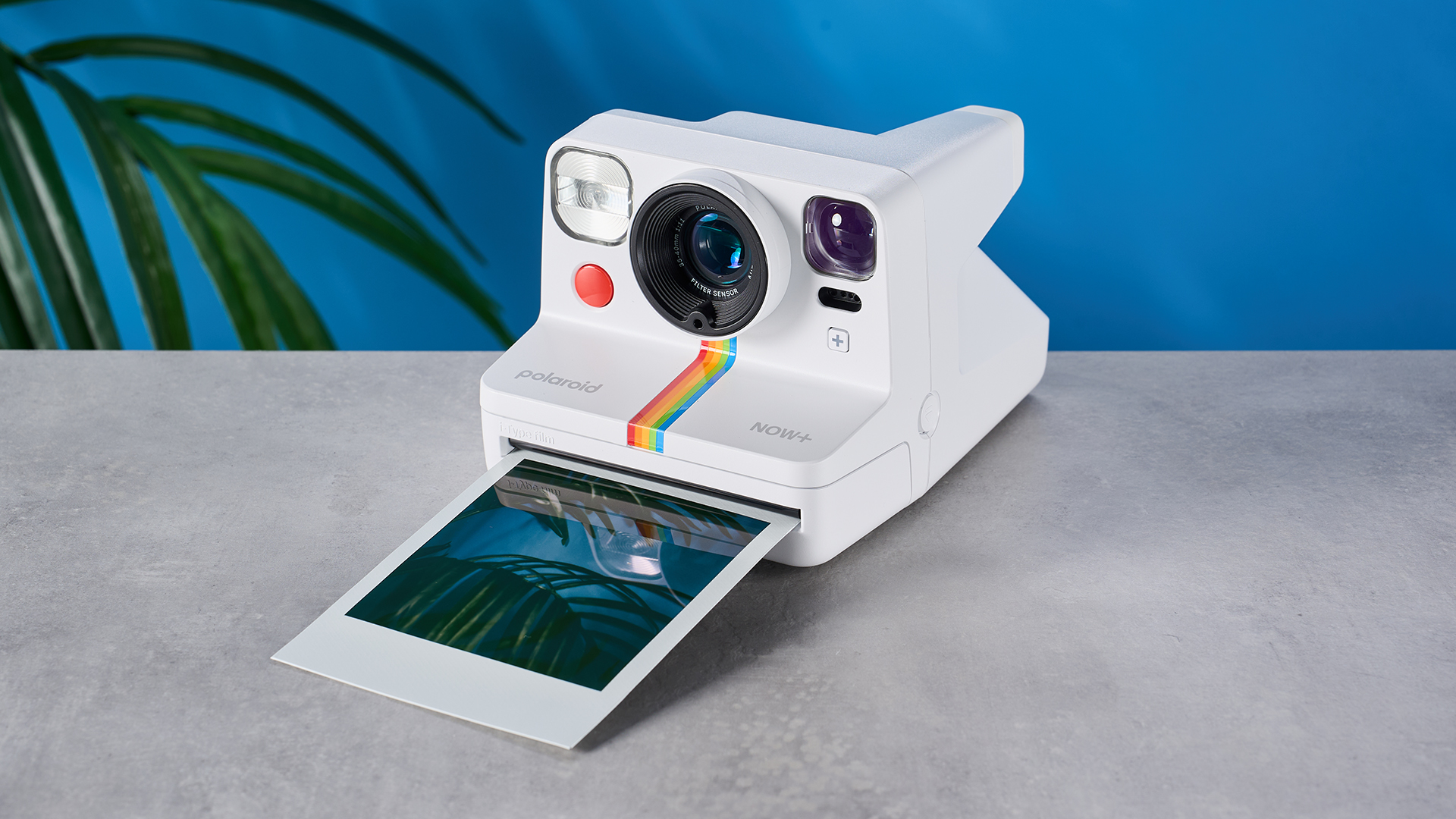
It’s important to note that Polaroid i-Type film behaves a little differently compared to, say, Instax Wide film. Polaroid says it’s been engineered to emulate the aesthetic of older Polaroid film, so you get a more “vintage” look — this means colors are softer and often dull, and there’s some noise in the prints. I noticed this when I was testing the Polaroid Now+ Gen 2, too. This isn’t an issue if it’s the vintage look you’re after, and you’ll be pleased with this instant camera.

When shooting indoors, I’d recommend keeping the flash on, due to the narrow f/11 maximum aperture that limits how much light can get through to expose the film. The photos above demonstrate the difference. The first photo is quite dark and not as sharp, but the second is brighter and a little sharper. I love the soft look of the second photo too.

Photos taken outdoors turn out nice too, and you can see examples above. The first photo of the birds flying is one of my favorites, even though the birds aren’t in focus (this isn’t one of the best mirrorless cameras with an advanced autofocus system, after all). The second photo of the cygnets has turned out lovely too — albeit a little dark again — but when I looked closely, I could clearly see the finer details, like the eyes and even their reflections in the water.
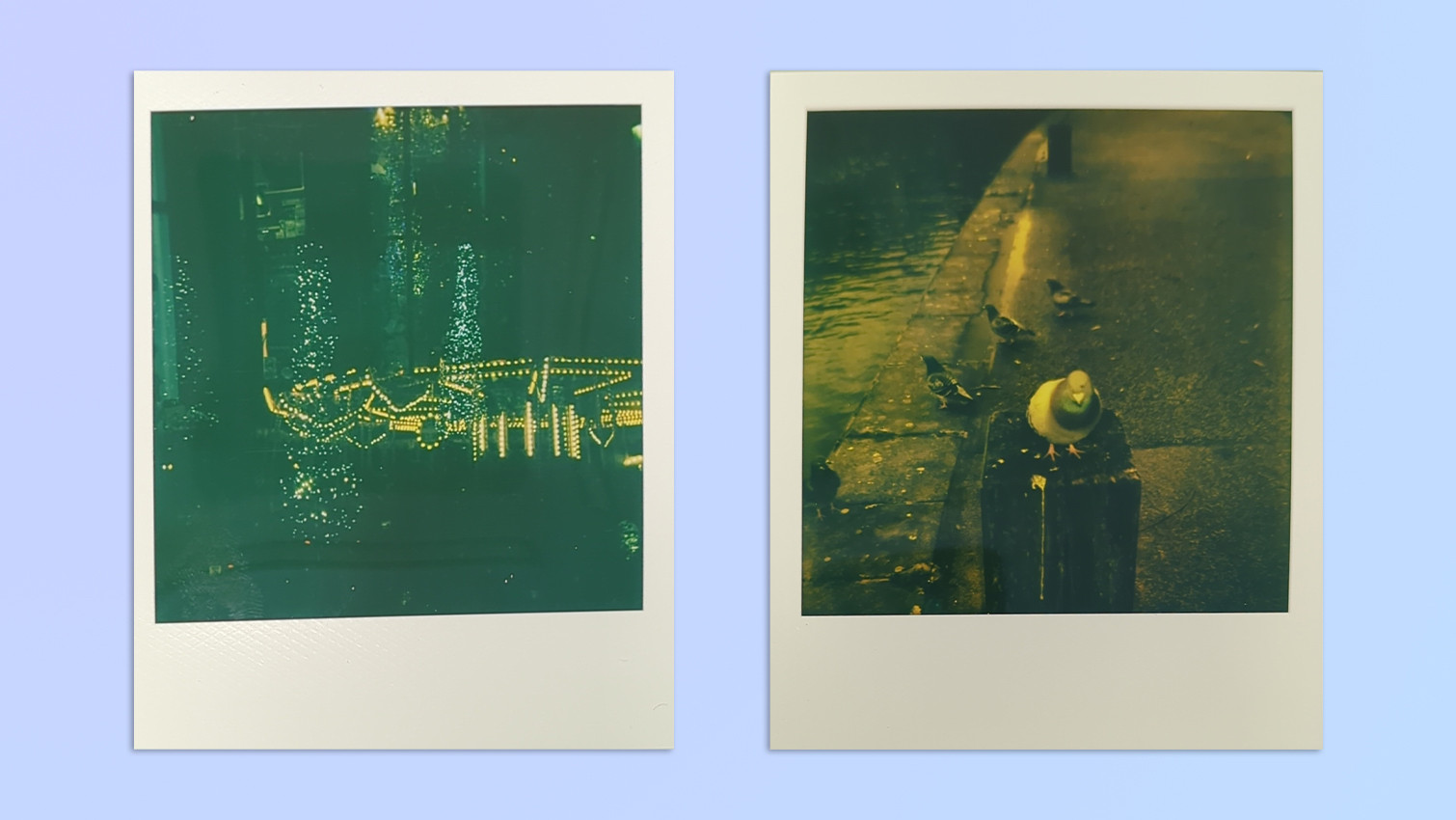
The camera features a double exposure mode which works really well. The first photo above is a double exposure of a carousel and a couple of trees taken at night and I love the look of it. You also get a set of five clip-on filters, such as red, yellow, blue, etc. if you want to apply a cool color effect to your prints. The second photo of the pigeon above was taken through the yellow filter, and these can allow for greater creative expression.
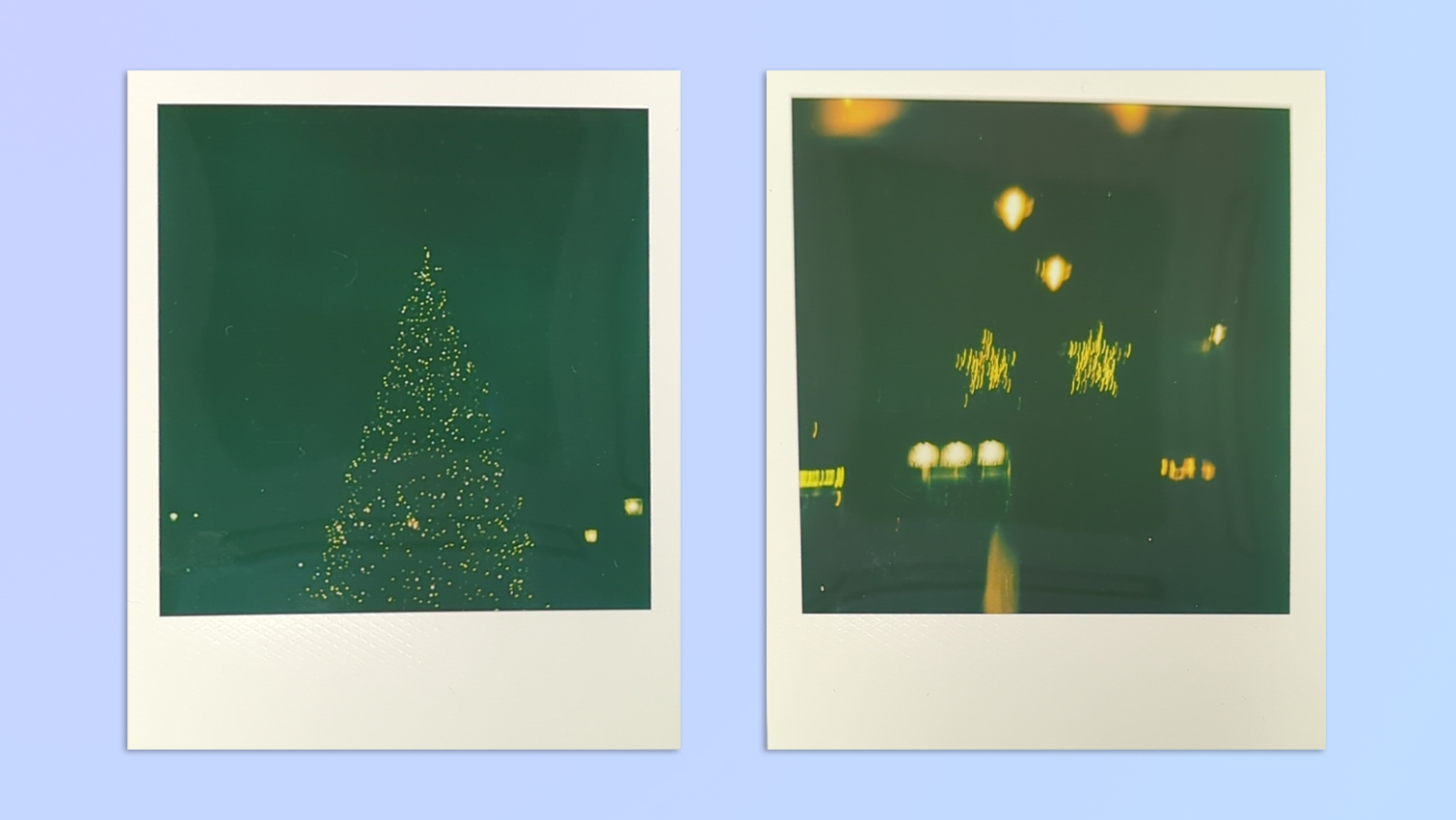
Like most instant cameras, the Now+ Gen 2 struggles in dimly lit environments too. As already mentioned, the f/11 maximum aperture isn’t wide enough for dim scenarios without the flash, which can make low-light photography for wider outdoor scenes very tricky. The camera has tried its best in the photo of the Christmas tree above. You can use the app to slow the shutter speed to shoot in low-light but you’ll need a tripod for that — shooting handheld will yield shaky results like the second photo above. We’d recommend investing in one of the best phone tripods, which are smaller than many camera tripods and easy to carry around for long exposures on-the-fly.
Overall, I’ve been satisfied with the image and print quality. Colors aren’t as bright as Instax film but that’s the charm of i-Type film.
Polaroid Now+ Gen 2 review: App
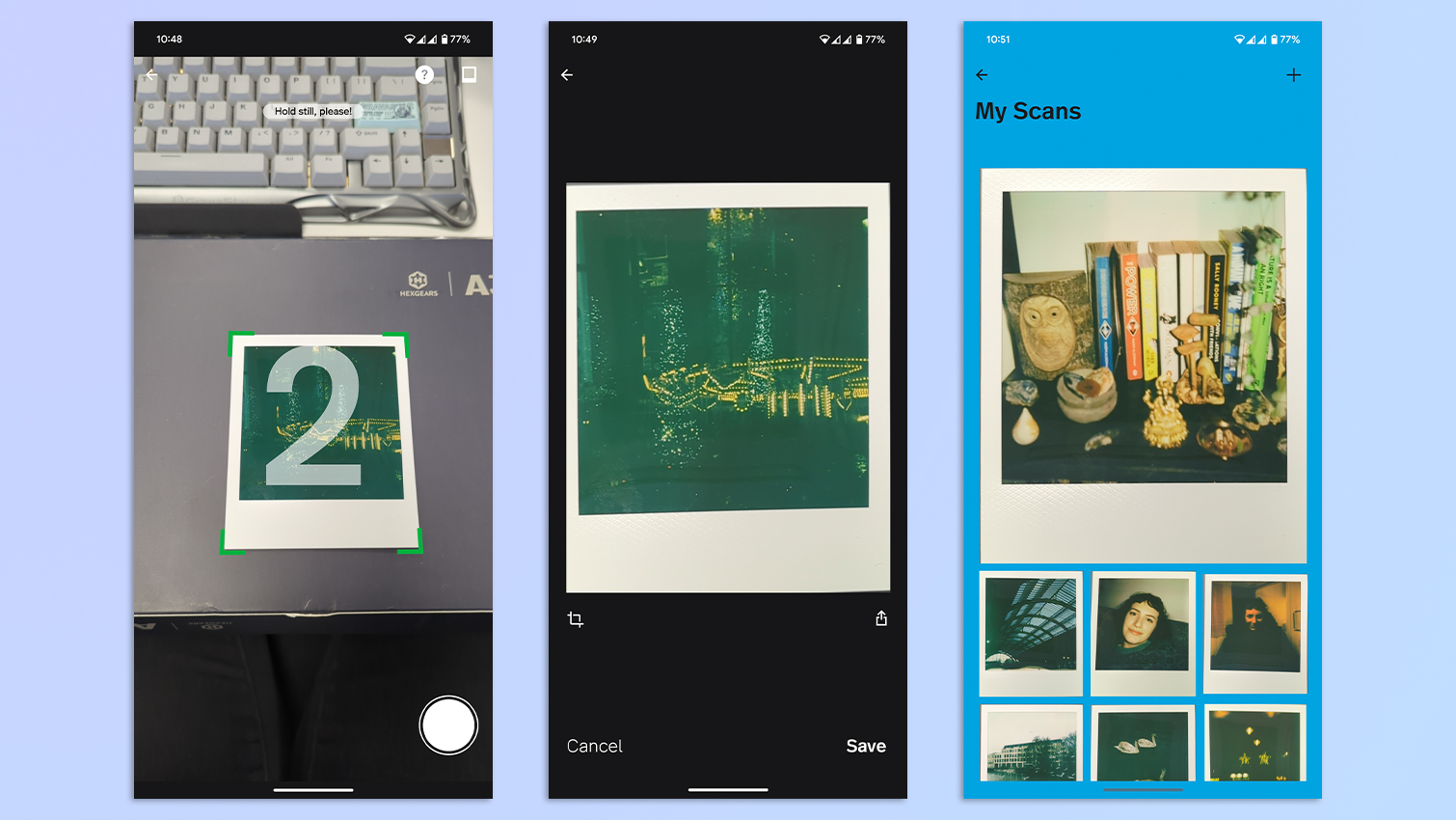
The Polaroid companion app, available on iOS and Android, is where the magic happens. The app gives you a lot of manual control over the Polaroid Now+ Gen 2’s settings. You can use it to adjust the self-timer (1-12 seconds), aperture, shutter speed, exposure and even go into tripod mode. This is by far the most advanced app I’ve tested for an instant camera.
You can also use the app to scan your prints. All photos in this review were scanned using it. This feature is especially useful if you don’t have a scanner at your disposal.
Polaroid Now+ Gen 2 review: Film cost & yield
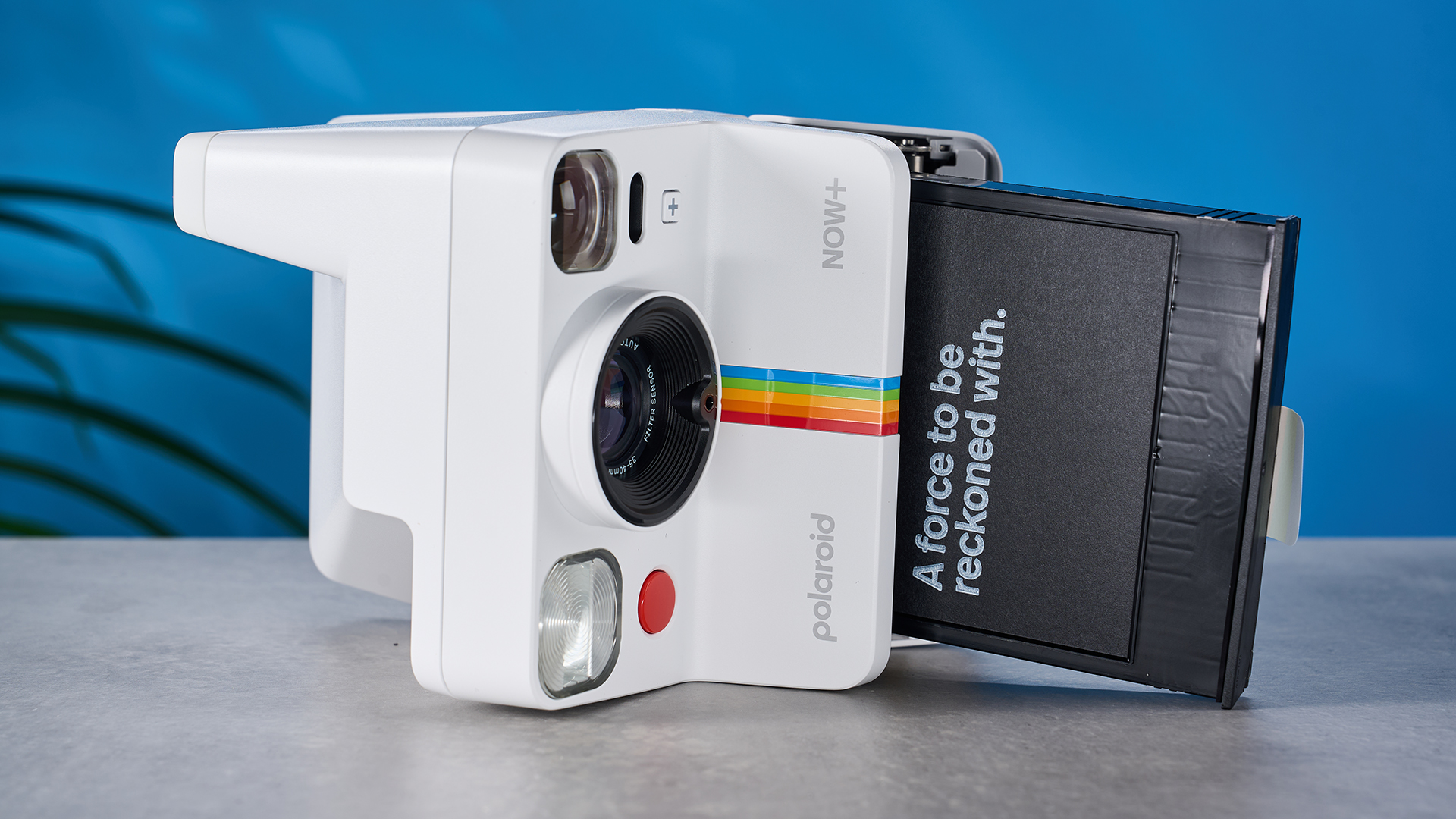
You can use either Polaroid i-Type or Polaroid 600 film with the Polaroid Now+ Gen 2. i-Type film is available for $16 / £15 while 600 film is even pricier at $19 / £18. That is a lot of money for just eight pieces of film. You’re essentially paying $2-$2.37 per print. The expensive film also means you don’t have a lot of room for experimentation as you won’t want to waste film.
In contrast, Instax Wide film used by the Fujifilm Instax Wide 400 comes in cheaper at just $18 / £16 for 20 pieces of film. Based on just the running costs, I’d opt for the Instax Wide 400.
Polaroid Now+ Gen 2 review: Battery life
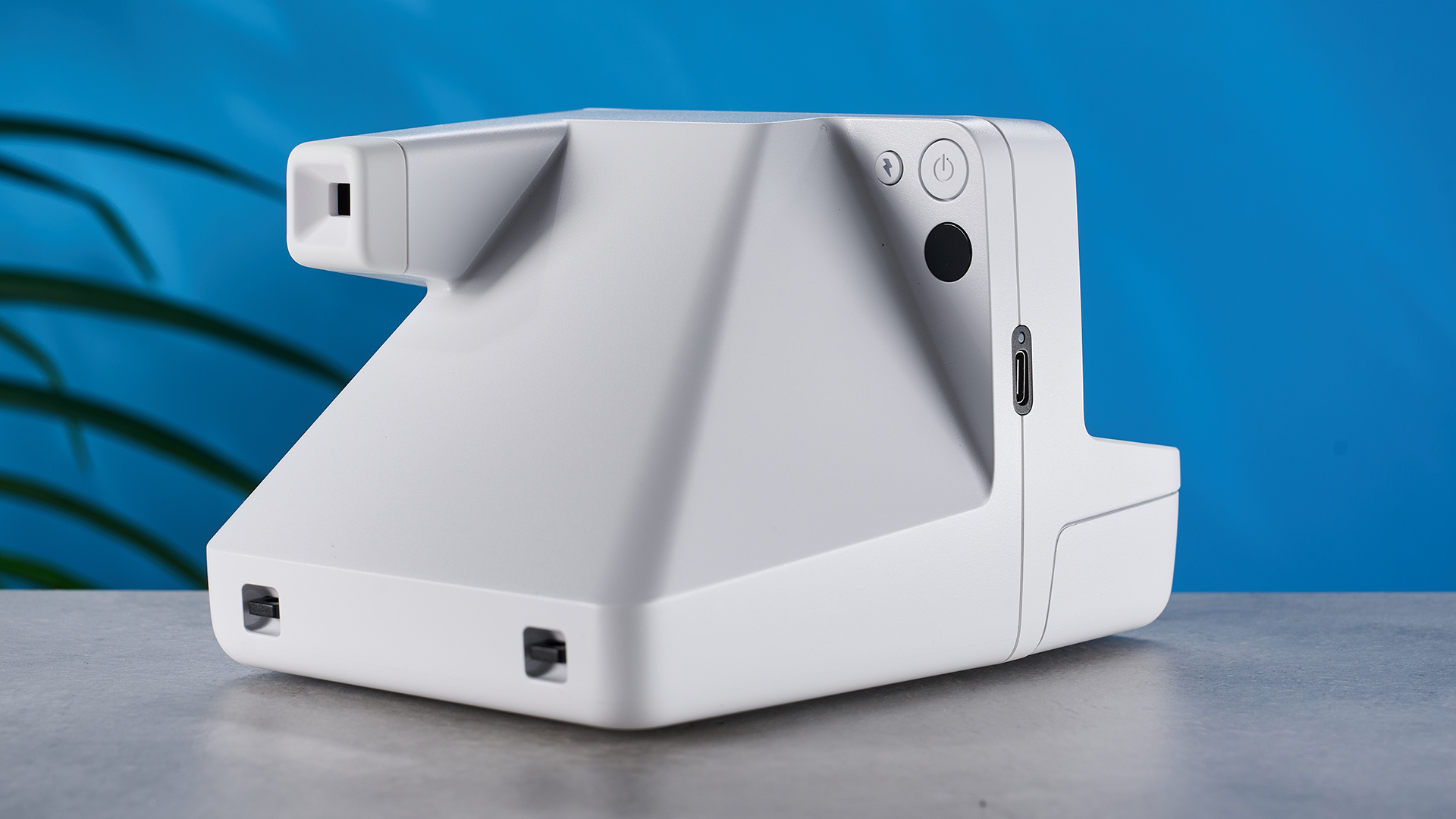
You must be wondering, “What new feature has the Polaroid Now+ Gen 2 actually introduced?” A USB-C port replaces the microUSB port on the first-gen camera which charges the Lithium-ion battery inside. Polaroid claims that a single charge should be able to capture 15 film packs (eight exposures each) before running out. Holding down the power and + buttons together will show you a number on the film screen. For example, 9 means it’s fully charged while 3 means it’s 30% charged. After I was done testing the camera with 16 pieces of film, the camera displayed 9. Battery life is, therefore, superb.
The Fujifilm Instax Wide 400 uses disposable batteries which deliver 100 shots, while the Lomography Lomo’Instant Square uses CR2 batteries to capture 100 shots. The Now+ Gen 2 easily wins here, as a rechargeable battery is more environmentally friendly.
Polaroid Now+ Gen 2 review: Verdict
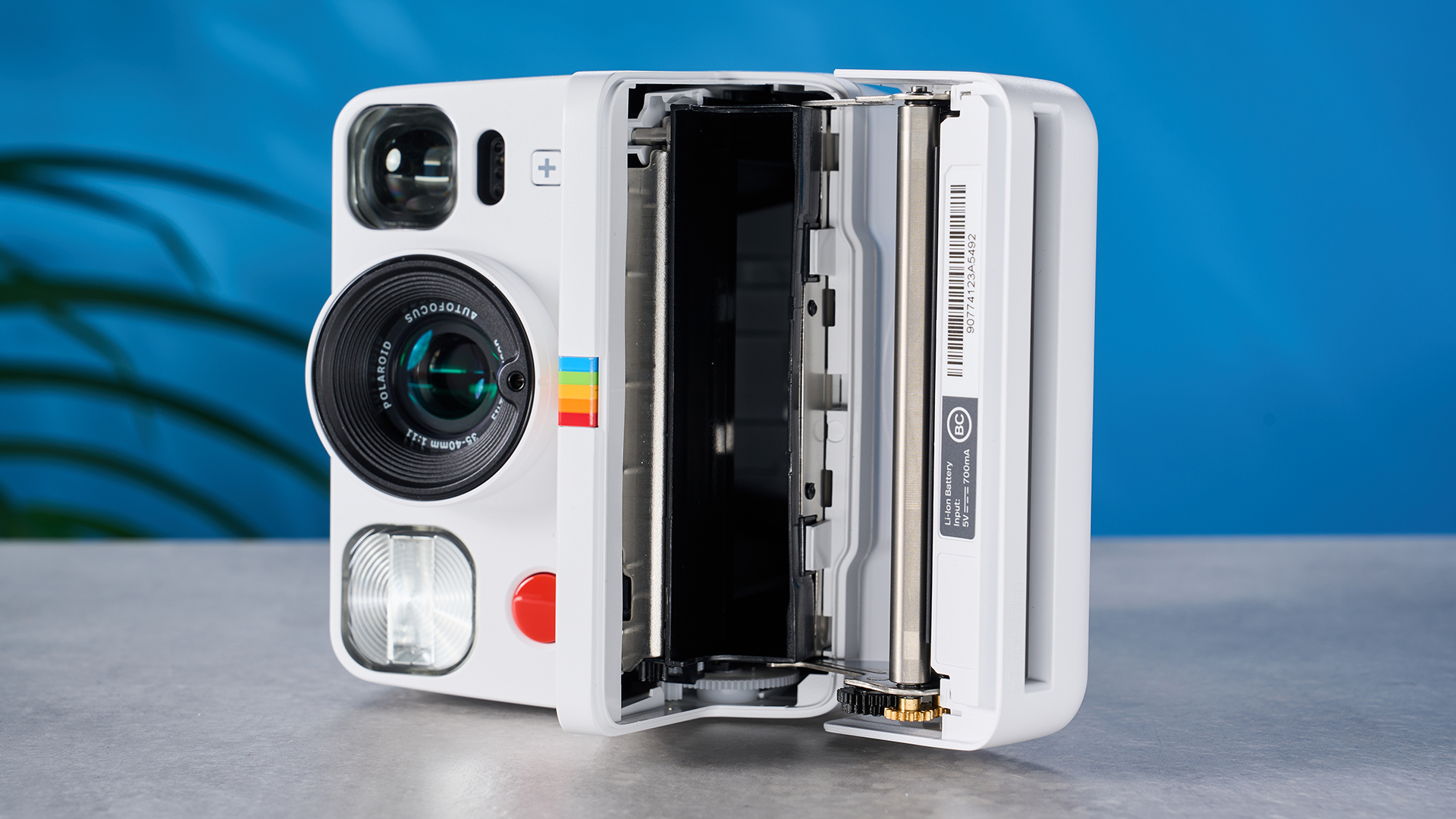
If you’re looking for an instant camera that produces truly vintage prints, you’ll love the Polaroid Now+ Gen 2. As one of Polaroid’s most advanced cameras (the Polaroid i-2 being #1), it offers a lot of manual control via the user-friendly app, so you can get really creative. The camera itself is built really well and is a sight for sore eyes with its minimalistic design.
While the print quality is fantastic, it comes at a price. Polaroid i-Type and 600 film packs are very expensive. The Now+ Gen 2 also struggles in low-light conditions, and its big size means it’s awkward to handle.
Regardless, it’s still one of the best instant cameras you can buy, especially if you’re looking for manual control to take your instant photography to the next level.

Nikita is a Staff Writer on the Reviews team at Tom's Guide. She's a lifelong gaming and photography enthusiast, always on the lookout for the latest tech. Having worked as a Sub Editor and Writer for Canon EMEA, she has interviewed photographers from all over the world and working in different genres. When she’s not working, Nikita can usually be found sinking hours into RPGs on her PS5, flying a drone (she's a licensed drone pilot), at a concert, or watching F1. Her work has appeared in several publications including Motor Sport Magazine, NME, Marriott Bonvoy, The Independent, and Metro.
